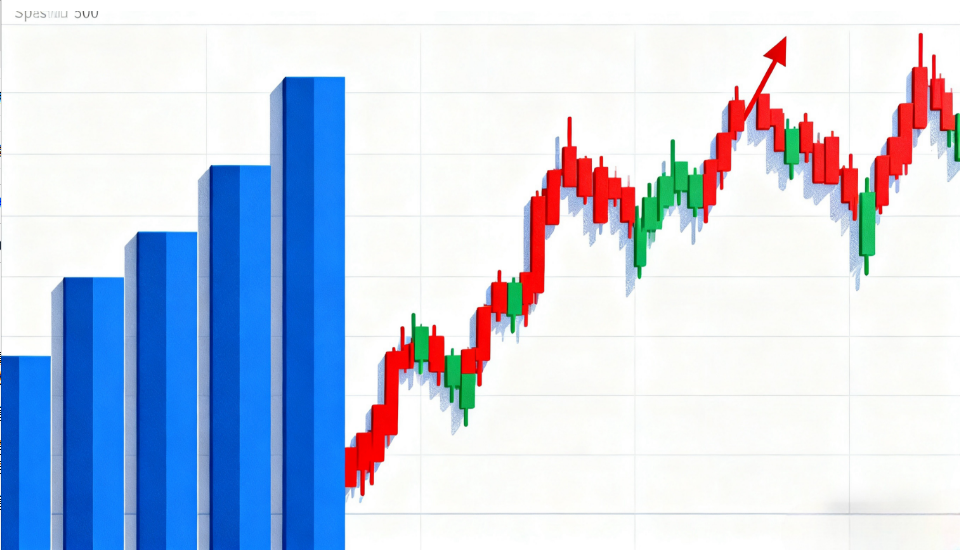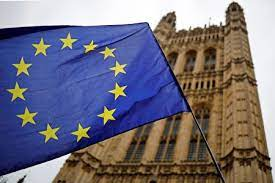
Based on recent frequent statements from Federal Reserve officials and market analysis, although there are market expectations for rate cuts, the Fed appears reluctant to implement another cut in December. Several regional Fed presidents with voting rights on this year’s Federal Open Market Committee (FOMC) have not shown an active stance toward pushing for further rate cuts in the near term during their recent public speeches and policy statements.
Specifically, the positions of four key voting members—Boston Fed President Susan Collins, St. Louis Fed President Alberto Musalem, Chicago Fed President Austan Goolsbee, and Kansas City Fed President Jeffrey Schmid—are particularly noteworthy. Among them, Schmid had already voted against a rate cut at the October policy meeting, indicating a more cautious approach toward easing. Their views collectively reflect a consensus within the Fed that inflation risks have not yet fully subsided, leading to a preference for maintaining the current restrictive policy stance to ensure inflation sustainably returns to the long-term target of 2%.
Renowned journalist Nick Timiraos, often referred to as the "Fed Whisperer," also pointed out that based on the recent tone of communications, most officials are inclined to keep interest rates higher for longer and are in no hurry to initiate a consecutive rate-cutting cycle. This stance is driven by concerns over potential inflation rebounds as well as the assessment that the economy remains relatively resilient—the labor market, while cooling, has not slowed drastically, and consumption and economic growth continue to show support.
Additionally, an important institutional context is the annual rotation of voting rights within the Fed’s FOMC. The four officials mentioned above will no longer hold voting power in 2024, and new regional Fed voting members will join the decision-making process. This change in personnel could also bring subtle shifts to the tone and direction of future monetary policy discussions. It is worth noting that the New York Fed, due to its unique status, holds a permanent voting seat on the FOMC, and its position consistently plays a key role in policy formulation.
Overall, although the market is highly focused on the path of rate cuts, Fed policymakers are currently emphasizing data dependency and patience. They are unwilling to pivot policy too early or too quickly without sufficient confidence. Whether a rate cut occurs in December will heavily depend on key economic data releases in the coming period, particularly inflation and employment indicators. The prevailing expectation is that the Fed will likely maintain a wait-and-see approach, holding steady at the December meeting to retain flexibility for future policy adjustments.















